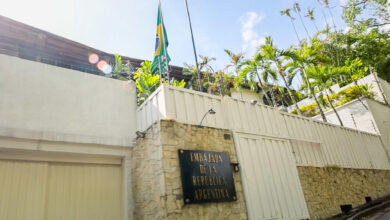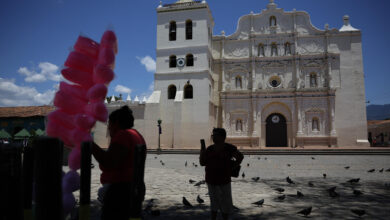Yoko Ono: Dream Come True
An exhibit based on the life and works of the well-known artist makes its way to Chile

Yoko Ono’s works have arrived in Santiago.
Her fascinating exhibit called “Dream Come True” is going to be on display in the Corpartes Art Gallery until October 22nd. The exhibit is a selection of her works curated by Gunnar B. Kvaran, director of the Astrup Fearnley Museum in Oslo, and Agustín Pérez Rubio, artistic director of the Latinoamerican Art Museum of Buenos Aires (MALBA).
The curators held a press conference and showed parts of the exhibit to the public. They explained, in great detail, the context, theme, and story behind each of these works of art.
Gunnar B. Kvaran explained the focus of this event: “In this Yoko Ono exhibition, we have chosen to concentrate on her Instructions. We think that this work is her most important invention and probably one of the most vital in contemporary art in the last 40-50 years”.
Also, Kvaran explained the story and meaning behind Instructions: “They were written when Yoko One reduced the work of art IGNORE INTO text; she has, in fact, conceptualized art as she has dematerialized it; she is taking out objects. Of course she begins with this project in the middle of the fifties. During 1955, she has created the first instruction”.
The exhibit has works ranging from 1955 until 2012. Each work of art is an instruction, but, since it’s from different periods, each one has a contrasting meaning and context.
Most of the works are interactive. The audience can participate either by writing a message on a blackboard or drawing on a white canvas. Also, you can fix a broken plate by sticking the pieces together or getting inside a black bag to see the world through it.
The exhibit is powerful and meaningful, especially because of the importance of participation and the significant message behind each work of art. As Gunnar B. Kvaran concluded, “Yoko Ono is one of the most important feminist artists; she is the voice of women in today’s world”.
LatinAmerican Post | Galia Bogolasky
Copy edited by Susana Cicchetto





